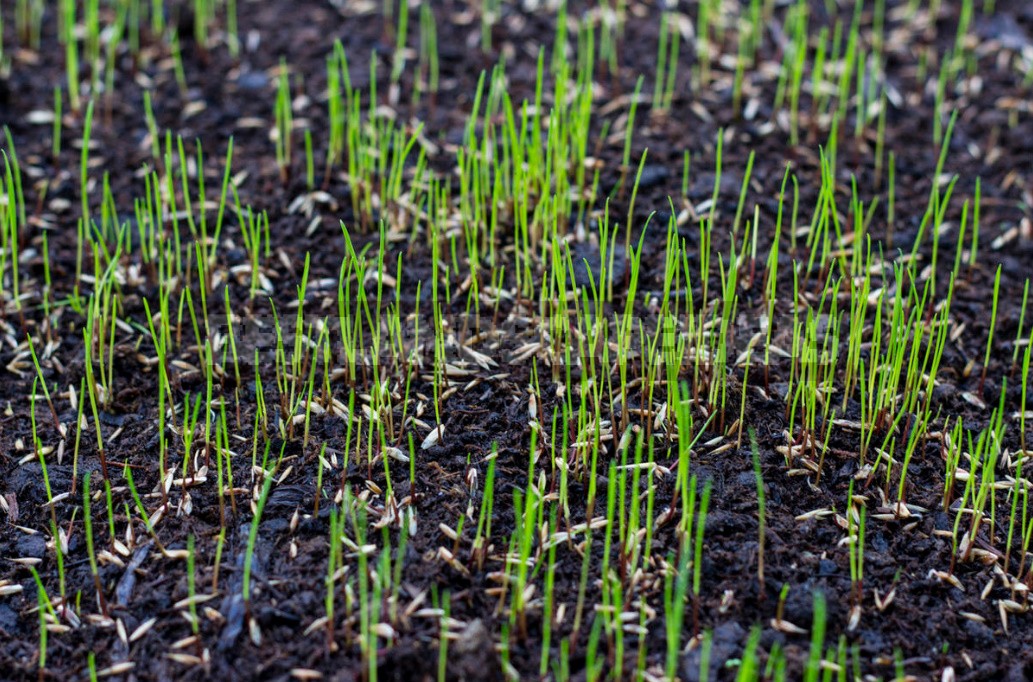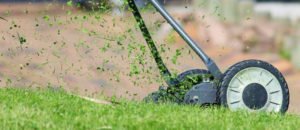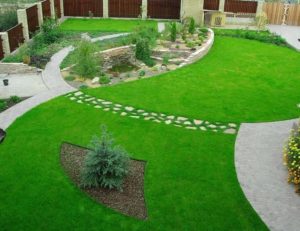At present, the lawn is almost the most serious test of the right to be called a gardener. The gentle lawn, where children, animals and weeds feel so good, only seems natural and easy to perform. In fact, it cost the owners a lot of work and thought. If you haven’t passed the lawn test yet, then this article is just for you!
What is a lawn?
According to the books, this is a specially arranged leveled area, sown with various grasses that form the turf. Lawns are different.
Parterre lawn
It is created at the main nodes of the composition, in front of the building’s facade, near fountains, reservoirs, and monuments. Grasses should be low-growing, give a closed herbage, bright green color.
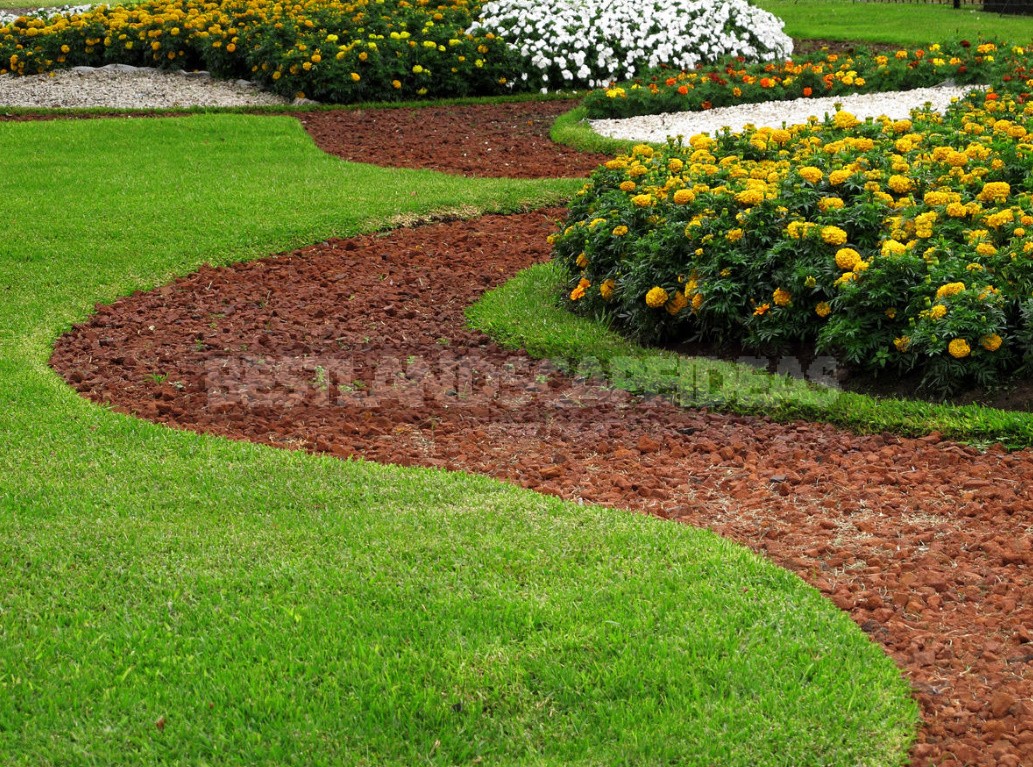
For these purposes, red fescue, common vole, and meadow bluegrass (100% of only one species) are used. Mono lawn – best. If you use a mixture, you should trust the company whose seeds you buy. It is undesirable to make the mixture themselves, since the seeds are selected according to many parameters, including the color of the grass. You can’t walk on the parterre lawn.
Garden and Park lawn
The grass should have a beautiful bright color. Preferred shade-tolerant perennial grasses, resistant to trampling, with a well-developed root system. For such a lawn, a mixture of herbs is used: bluegrass + fescue + ryegrass + wheat grass is added to the ones listed above.
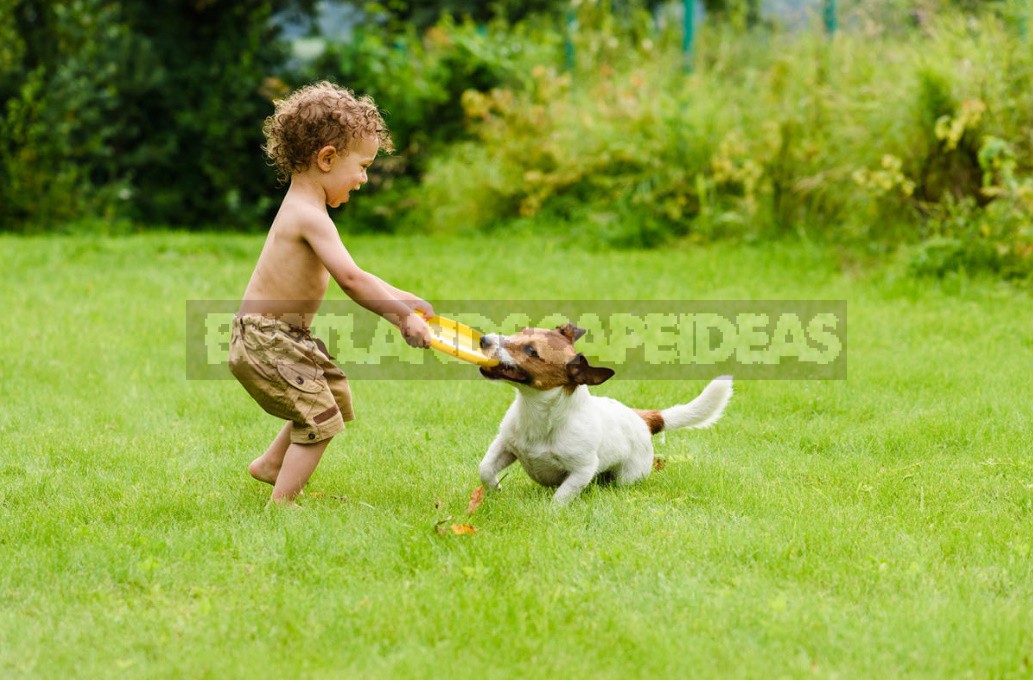
Meadow lawn
This includes legumes – red clovers (pink, white), Leguminosae, Medicago (yellow, blue), and Onobrychis viciifolia. These lawns are mowed from 1 time a month to 2 times a season, depending on how wet the weather is.
How to make a lawn?
Let’s stop at the garden and Park lawn. It is believed that in our climate, the optimal ratio of open and closed space is 2:1. Open space is the part of the plot that is planted below eye level, and this part, of course, includes the lawn.
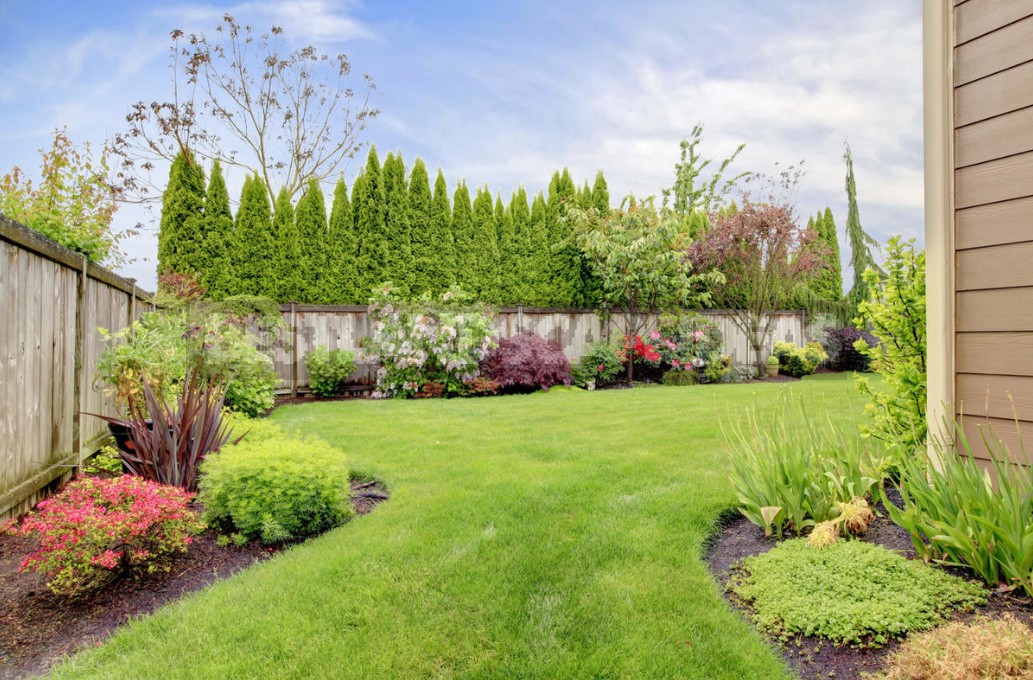
You have to figure out how much area to allocate for it, evaluate the lighting of the place. It is desirable that the lawn is of the same type – either Sunny or semi-shaded.
Choosing seeds for the lawn
The first thing you need to do is analyze the soil — then you will know what and how much you need to add to it to make your lawn grow well. And only then should you choose the seeds.
To be sure that the herbs of this mixture are suitable for your conditions, I recommend reading a detailed book, for example, “All about the lawn” by Dr. Hessayon, which you will need in the future.
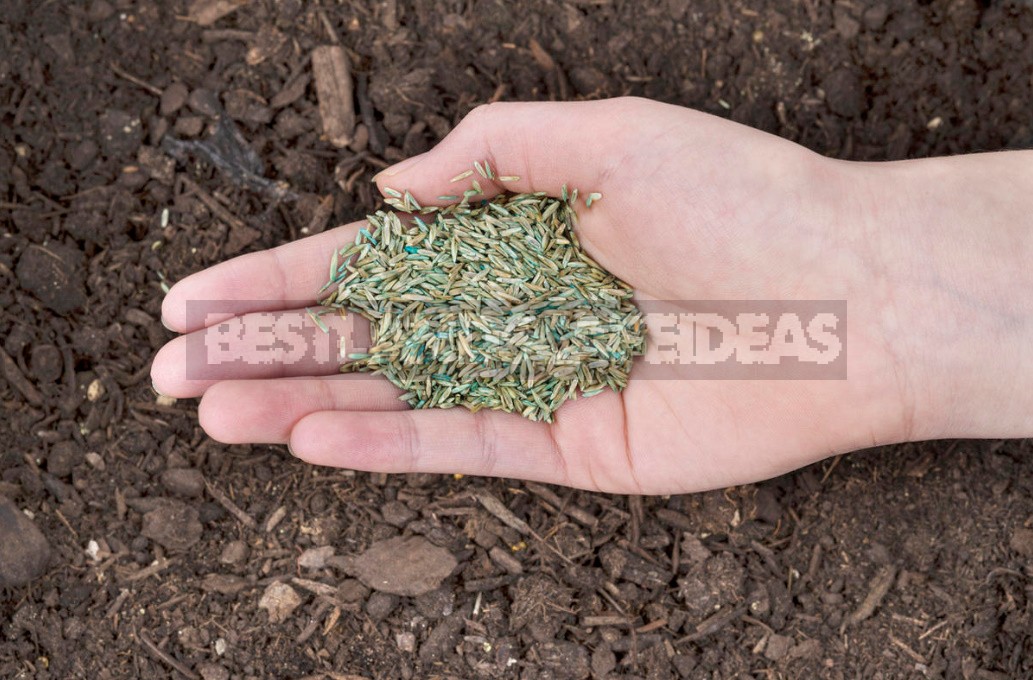
Before you buy seeds, find out when they were grown (the package must be stamped with the date). Between the time of growing seeds and their planting should be no more than two years! For sowing, you need to buy 6 kg of seeds per hundred: 5 kg for sowing and 1 kg for lawn repairs for the next year. Do not open the package out of curiosity before planting, because the germination of seeds depends on humidity, and it, in turn, on the tightness of the package.
Preparing a plot for the lawn
You bought the seeds. Then you need to prepare a plot for lawn planting. There are three things to pay special attention to:
- Ground water
If drainage is necessary, then the minimum performance is the device of drainage ditches along the perimeter of the lawn with the output beyond the site width of 30 cm, depth of 60 cm. If you have doubts about your own abilities, it is better to invite specialists.
- Garbage
Garbage that was left after construction and covered with sand when handing over the house, must be removed from the site. It is especially important to pay attention to plastic bottles, film, foil – if they remain in the soil, then the lawn will not grow in this place!

All the garbage was removed, the necessary additives were added — now we dig with a shovel (best of all) a depth of 1 bayonet. During digging, we select the remaining debris, stones, glass, weeds with roots.
- The slope of the plot
Under the lawn should be the slope of the site from the house within 3-15 degrees. For “0” is taken the mark of the house, which (as well as paving) should be 1.5-2 cm above the ground surface.
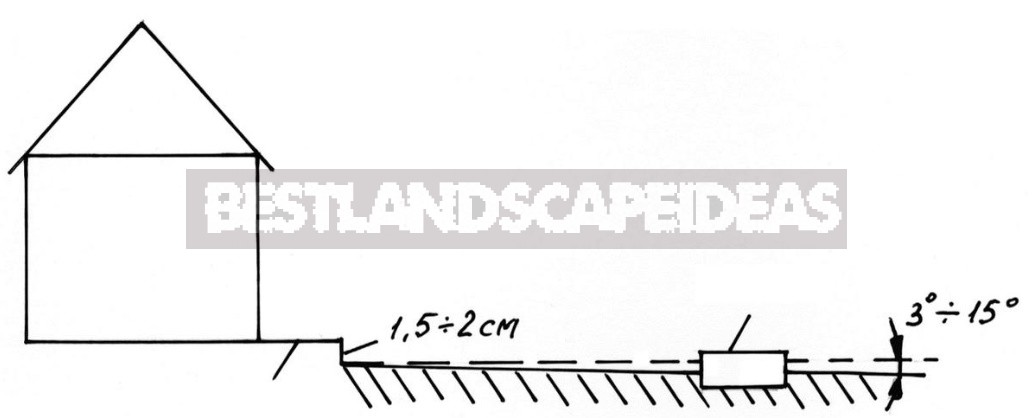
Simultaneously with the planning, we break the lumps (ensuring that the remaining lumps are no larger than corn kernels).
Sow the lawn
We have leveled the plot, prepared the soil, now it must be compacted either with the back of a rake (if the plot is small), or with a roller weighing 100 kg. Then watered and left for 3-4 weeks. All this time, periodically watering the ground, we correct the irregularities (in the holes we pour a mixture of earth and sand), we weed out the emerging weeds and select the time of lawn planting that meets three conditions:
- the day should be windless;
- it shouldn’t rain;
- the ground should be wet inside, and wind-dried on top, so that it does not stick to the feet and the rink.
It is best to prepare a lawn plot in the fall, and sow in the spring. Later on August 20-25, it is undesirable to plant a lawn, since the grass grows 3-4 times slower in autumn.
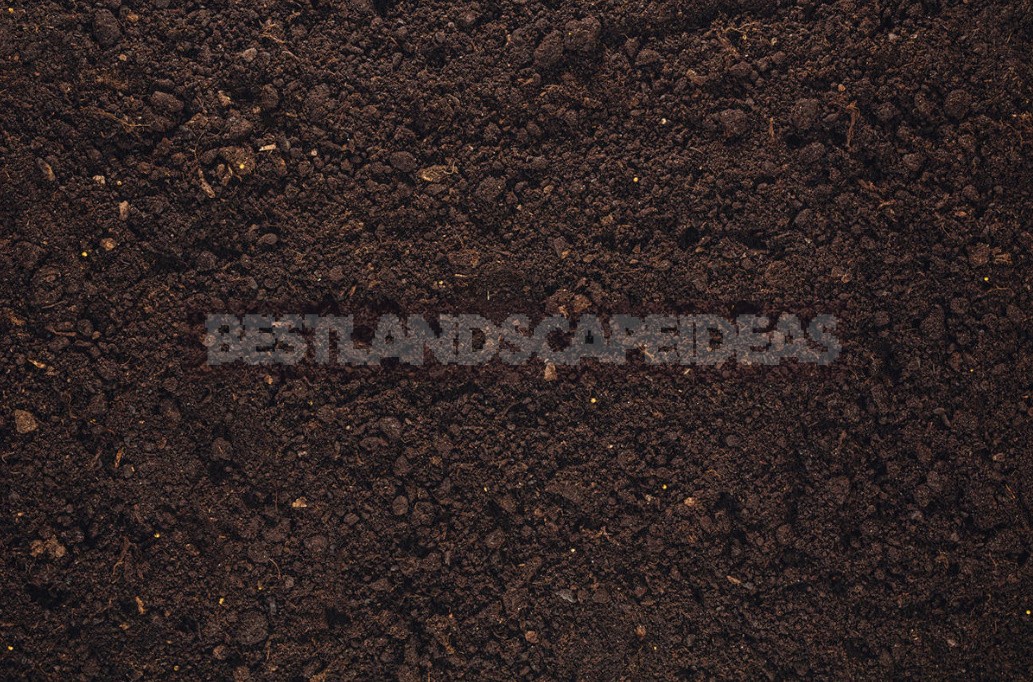
They chose the day of landing. What to have for this day:
- seeds,
- seeder,
- rake,
- buckets,
- ice rink,
- lutrasil,
- staples,
- shovels,
- sifted garden soil.
Think in advance in which direction you will sow. Mix the seeds well in the bag (and do this periodically), pour them into the seeder (the seeder must be adjusted in advance), and sow a strip slightly wider than the width of the roller. On a small plot of lawn, you can sow with your hand “the movement of the sower”.
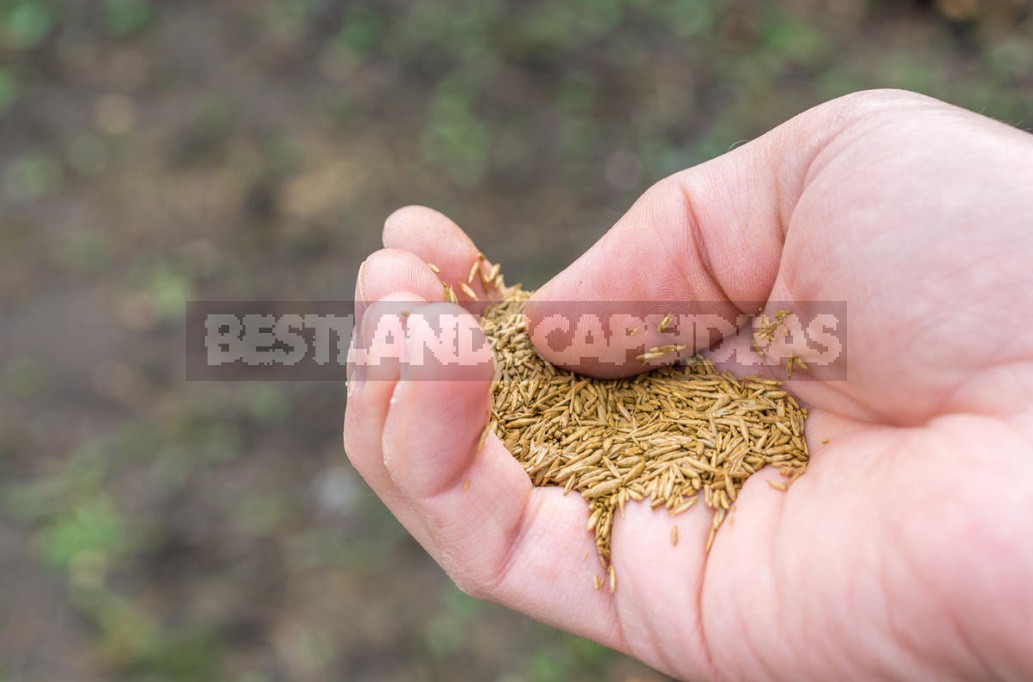
Lightly cover the sown strip with prepared earth with a layer of approximately 1.5-2 cm and roll it up with a roller. About a meter of lawn along the paths and the blind area should be sown 2 times thicker: these places, first of all, are most trampled, and in winter, snow is dumped here.
Cover the sown area with lutrasil and pin it. Overlap the lutrasil and fasten it with hairpins 1-1. 5 m apart. Less often it is bad – the wind will raise the shelter. Why is it necessary? First, so that the birds do not peck the seeds; second, so that the heavy rain does not knock them out and wash them away-it is very important that they are evenly distributed on the surface; third, so that Pets can not harm the future lawn. After everything is closed, pour water over the top through sprayers. You can’t water the lawn with chlorinated water!
Water the crops depending on the weather and the soil: if it is hot, then every day; if the soil is sandy-2 times a day. Water should be either before 10 o’clock in the morning, or after 18 o’clock, in the afternoon it is better not to do this – more harm than good. Well-watered soil will be wet to a depth of 8-10 cm; put the jar where you are watering – it should collect about 10 cm of water. Watering must be uniform.
The most dangerous time for a lawn is the fifth or seventh day after planting, when the first shoots appear: the seeds were dry, they were watered – they absorbed moisture, swelled, and if there is no watering at this time, they dried up! When you see friendly shoots, lutrasil can be carefully removed.
